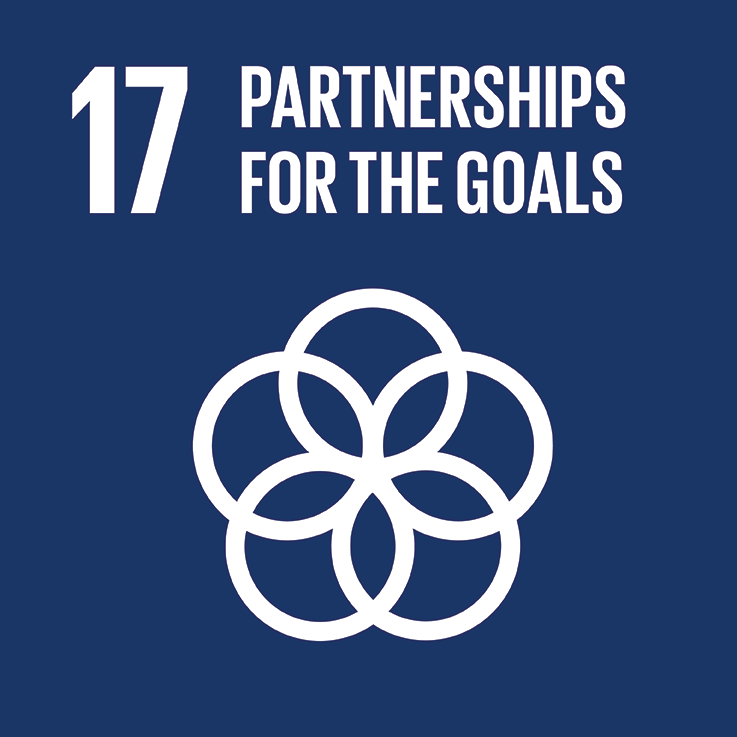Sustainable Development Goals
The SDGs, is a set of goals that we set by the United Nations which is also known as Global Agenda 2030 is an international invite that aim to end all forms of poverty. The new Goals are unique in that they call for action by all countries, poor, rich and middle-income to promote prosperity while protecting the planet.
What makes this agreement unique is that never before have the 193 countries of the United Nations - and hundreds of thousands of stakeholders - agreed on such a far-reaching vision for our collective future. The 17 Sustainable Development Goals build on the success of the Millennium Development Goals (MDGs) (2000-2015), and it includes four main themes, environmental, social, and economic and partnerships. The goals include 169 targets and 231 indicators.
SDGs are related to each other and usually successfully achieving one goal leads to solving other issues that will lead to achieve the other SDGs. The SDGs require cooperation and working with all partnering with all stockholders in a practical way in order to make the take the right decisions to improve life in a sustainable way for the future generations. It also provide a set of clear targets and indicators for all countries to include it in their national plans with shedding the light on environmental challenges that the whole world is facing.
The SDGs is an inclusive road map that sole the main causes of poverty and unify nations to make a positive change for the whole world. What makes the SDGs different than any other goals is that the SDGs focus on including everyone where no country can work on it own to achieve social and economic growth within it borders only. Countries need to come together to grantee achieving the global goals and sustainability for the whole world.

